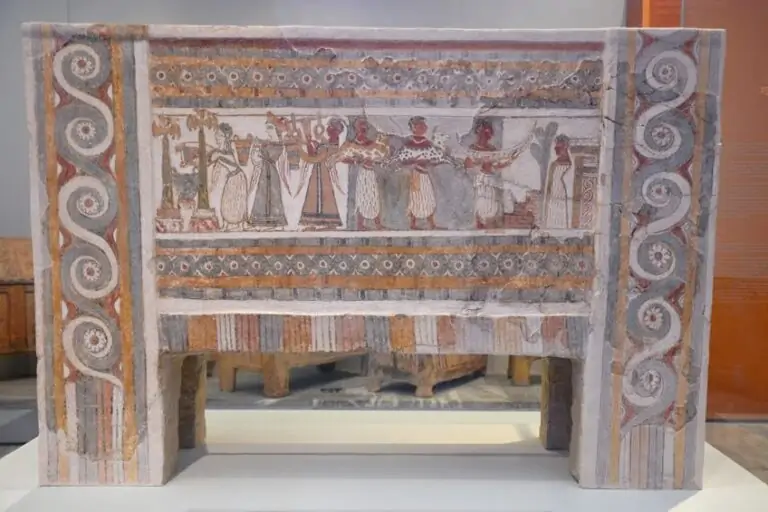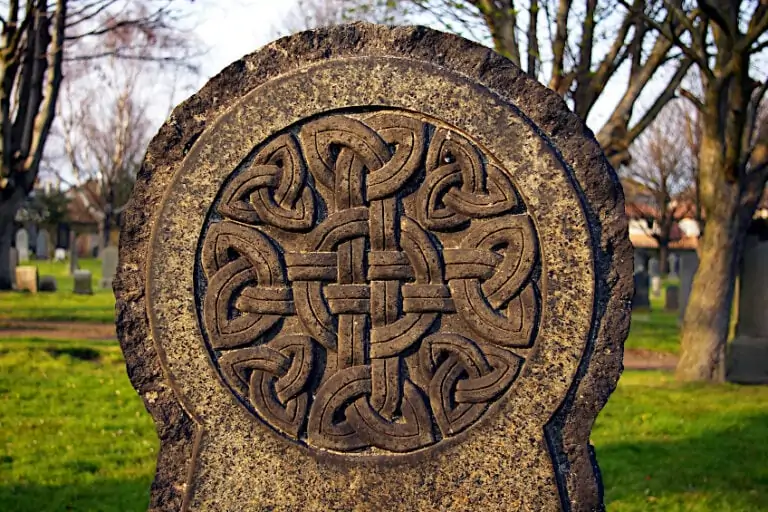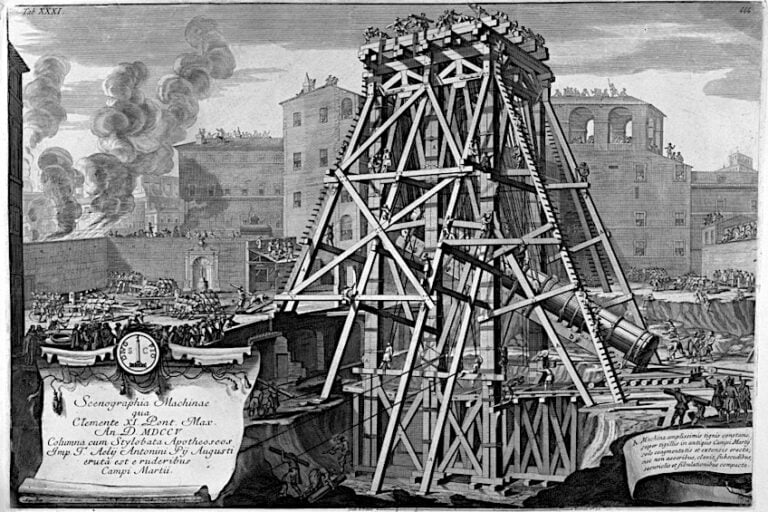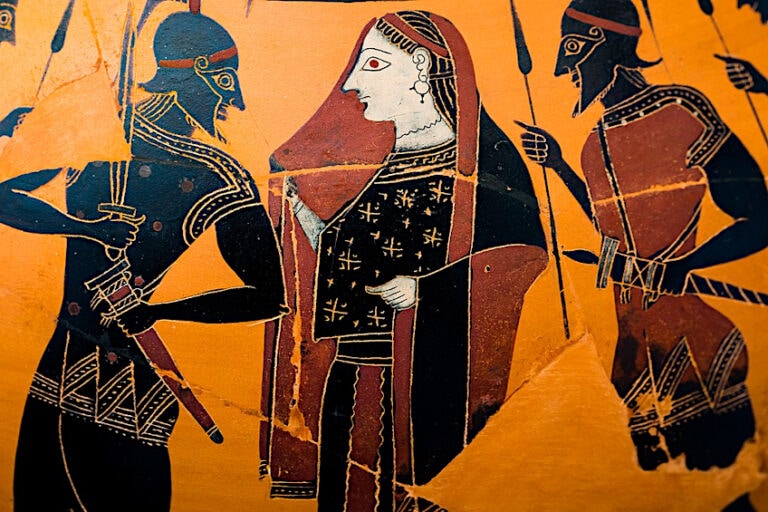Facts About Stonehenge – A Look at Stonehenge History
Virtually every country around the world has a landmark that attracts visitors from far and wide. Some are particularly lucky to possess what has come to be known as wonders of the world, ancient structures, and locations that have left those that view them in awe for centuries. One of the most well-known of these wonders is Stonehenge, located in Salisbury Plain in Wiltshire, England. There are many stories and conspiracies surrounding these monolithic artifacts, so let’s have a look at some facts about Stonehenge, what it is, why it is famous, when it was created, and why it continues to attract inquisitive minds to this day!
Contents
- 1 Facts About Stonehenge
- 1.1 What Is Stonehenge?
- 1.2 Stonehenge Is Thousands of Years Old
- 1.3 There Are No Written Records of Its Creation
- 1.4 The Stones Were Transported Hundreds of Miles
- 1.5 Stonehenge Has a Unique Configuration
- 1.6 The Stones Produce Sound When Struck
- 1.7 Nobody Knows How It Was Built
- 1.8 Nobody Knows What It Was Used For
- 1.9 Stonehenge Was the Cause (and Location) of a Skirmish
- 1.10 There Is a Really Old Painting of Stonehenge
- 1.11 Stonehenge Is a UNESCO World Heritage Site
- 1.12 You Can See Ancient Tools at the Site
- 1.13 There Are Men, Women, and Children Buried at Stonehenge
- 1.14 Someone Bought Stonehenge
- 1.15 An Early Guidebook Claimed Stonehenge Survived the Great Biblical Flood
- 2 Frequently Asked Questions
Facts About Stonehenge
There are loads of facts about Stonehenge that you’re probably aware of, but there might be some that you could have overlooked, or simply aren’t as commonly known. That’s why we’ve prepared a short list of some of the most interesting facts about Stonehenge, including where it is located, what its intended purpose is believed to be, and when it was likely created.
 Fall sunrise thru the stones – Stonehenge; Cbuske46, CC BY-SA 4.0, via Wikimedia Commons
Fall sunrise thru the stones – Stonehenge; Cbuske46, CC BY-SA 4.0, via Wikimedia Commons
What Is Stonehenge?
Have you ever wondered, “what is Stonehenge?”. Stonehenge is essentially a collection of large monolithic stones that have been arranged in a circular formation. The formation of the circle is considered to be manmade and was likely created by early humans thousands of years ago. Stonehenge consists of around 52 monolithic stones, all of which are completely solid. There are quite a few debates and controversies surrounding these artifacts, as well as the location they find themselves in.
Regardless, the sheer size of these stones as well as the peculiar formation they find themselves in has drawn people from across the world to see the wonder for themselves, and perhaps form their own idea about how they got there and their intended purpose.
Stonehenge Is Thousands of Years Old
Stonehenge is extremely old, so old that the size and formation of the structure left researchers scratching their heads initially. The oldest stones at the sight are believed to have been brought to the site around 2500 BCE to 2200 BCE. However, unlike what one might expect, Stonehenge was continually expanded upon, until it reflected the structure we see today. One of the most interesting Stonehenge facts is that the sandbank surrounding the circle is actually older than the stones themselves. While the Stones were erected at the location between 2500 BCE and 2200 BCE, the bank is believed to have been created around 3100 BCE. The modern formation as we know it is believed to have only been created between 1930 and 1600 BCE.
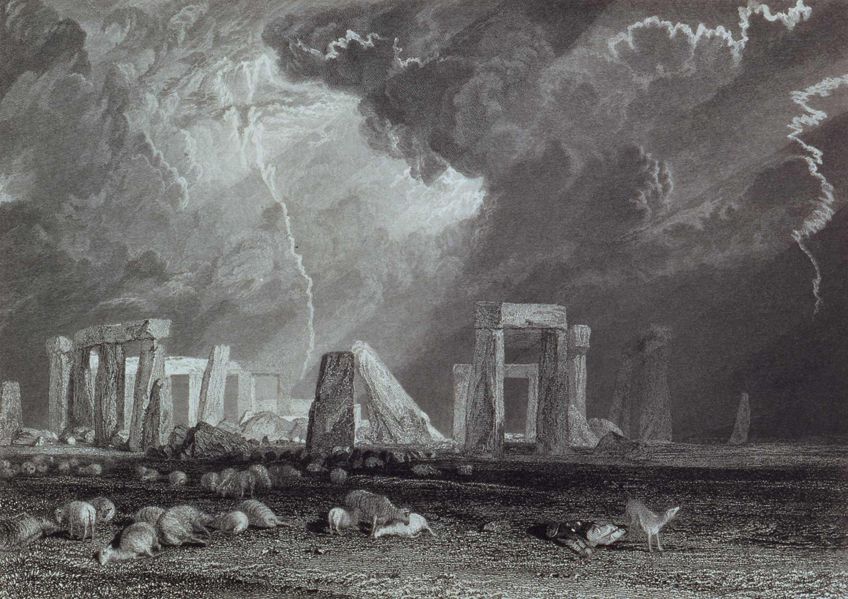 Turner’s watercolor view of Stonehenge (1829) engraved by Robert Wallis; Robert William Wallis, Public domain, via Wikimedia Commons
Turner’s watercolor view of Stonehenge (1829) engraved by Robert Wallis; Robert William Wallis, Public domain, via Wikimedia Commons
There Are No Written Records of Its Creation
While virtually all of the seven wonders of the world have written accounts of their creation, Stonehenge is the only one that does not. One of the most interesting Stonehenge facts is that there are no records regarding how the structure was built, why it resides in this particular location, what the intended purpose of the structure was, or who in fact built this structure, to begin with. Generally speaking, when structures like these are erected, loads of forethought, planning, and logistical strategy go into the transport and set up of the workpiece.
However, to date, there have been no writings or other forms of written communication found by the creators, or even people living in and around the area Stonehenge is located.
The Stones Were Transported Hundreds of Miles
Most of the ancient wonders of the world involve impressive feats of human ingenuity, cooperation, complex designs, and the will to create something capable of withstanding the test of time. Stonehenge is no different, as experts today are still baffled as to how the stones used to create the formation were brought to their current location. The stones weigh roughly around 25 tons each, and this particular type of stone is located nowhere near the current site. The closest deposit of the type of stone used in Stonehenge’s formation is located around 321 Kilometres away and based on the tools and machinery that were available at the time, experts still have no idea how 52 of these stones were moved and erected.
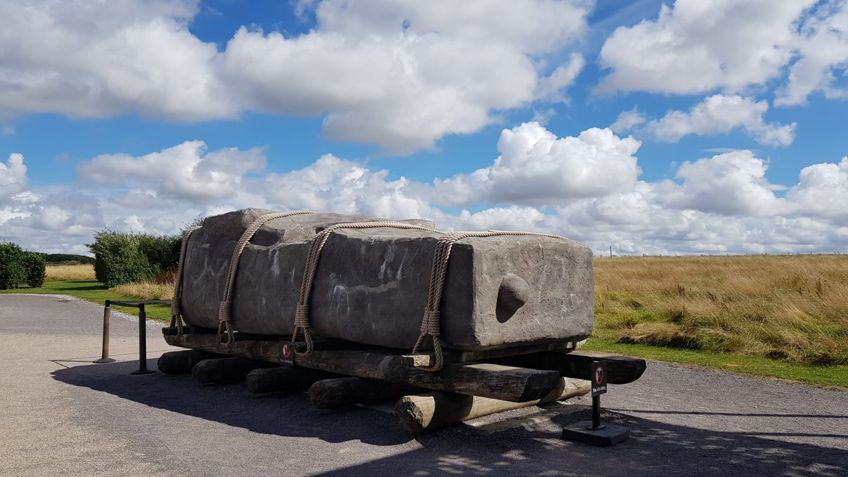 Recreation of how they carried stones; Caskination, CC BY-SA 4.0, via Wikimedia Commons
Recreation of how they carried stones; Caskination, CC BY-SA 4.0, via Wikimedia Commons
Stonehenge Has a Unique Configuration
Seeing Stonehenge in person can be a bit overwhelming as the stones are much larger than they appear in most photos and videos. There are quite a few of them too, and the unique configuration they’re arranged in might make you wonder exactly what this formation is meant to facilitate if it’s intended for anything at all. As we mentioned previously, Stonehenge consists of around 52 two stones that appear to be organized in a very deliberate formation. The outermost ring of stones is known as the “sarsens”, which surround another group of stones arranged in the shape of a horseshoe. There were smaller stones known as bluestones, one set located inside the horseshoe configuration and another few located inside the sarsen stone ring, outside of the horseshoe.
In the past, there were even more stones located on the outside of the sarsen stone formation. These stones were known as station stones, which would have been located between the sarsen stones and the outer ditch that encompasses the Stonehenge configuration.
The Stones Produce Sound When Struck
Stonehenge has been known by many names throughout its lifetime, but one that’s stuck is “the ringing rocks’. Why would they be called the ringing rocks you ask? Well, put simply, when the rocks are struck, they produce a sound akin to ringing, which many believe is the primary reason why they were hauled to their current location. Why do the Stonehenge rocks ring when struck? Well, nobody knows. The stones are capable of producing a range of sounds when they’re struck, and contrary to what you might think, they don’t have to be struck with much force for you to hear them. Even when researchers from the University of Pennsylvania were given a piece of the rock to examine, they could not determine how it is capable of producing sound when struck.
 Stonehenge at Sunset; Fanfwah, CC BY-SA 4.0, via Wikimedia Commons
Stonehenge at Sunset; Fanfwah, CC BY-SA 4.0, via Wikimedia Commons
Nobody Knows How It Was Built
Many people have asked “why is Stonehenge famous?”, after all, it’s simply a collection of rocks, right? Well, besides their unique configuration and the fact that the stones are capable of producing sound when struck, experts aren’t quite sure how Stonehenge was constructed. There are many theories as to how it could have been created, but none of them have been proven as of yet.
Other than scientific inquiry, there is a legend surrounding how the stones were transported to their current location. According to the legend (that has its origins in the 12th century) the stones were originally placed on a mountain in Ireland by giants, and they were moved by the use of Magic to England by the wizard Merlin.
Considering that the stones weigh upward of 2 tons each it’s extremely impressive that they have been moved as far as they have. Experts and scientists have theorized that the bigger stones were likely moved using wooden sleds and considerable effort over an extended period of time. The shaping of these monoliths would have taken even more effort and would have been done entirely with primitive hand tools.
Nobody Knows What It Was Used For
Despite the number of theories out there, nobody actually knows what Stonehenge’s intended use is. However, there have been some observations that could very well point us in the right direction. One of the most interesting theories is that the stones function as a type of calendar believed to determine what time of year it is. How did this hypothesis come about, you ask? Well, every year on the 26th of June the sun rises in line with one of the sarsen stones. Similarly, the sun also happens to set on the same stone on the shortest day of the year.
This had led to some researchers theorizing that the stones could have been used to study or mark constellations at some point in the distant past.
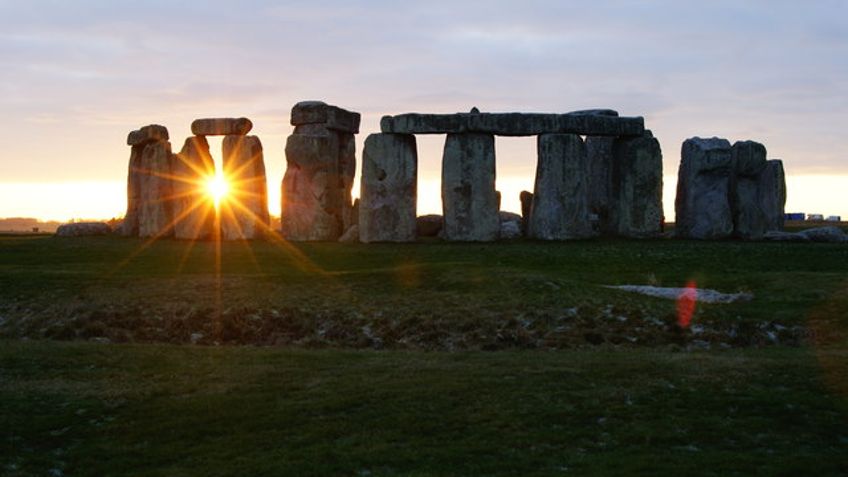 Stonehenge Sunset; Peter Trimming / Stonehenge Sunset (1)
Stonehenge Sunset; Peter Trimming / Stonehenge Sunset (1)
This is not the only theory out there though. Some suspect that Stonehenge served as a place of miraculous healing for our ancestors, a sort of last resort for those afflicted by illnesses that had no cure at the time. Others believe that due to the shape and formation of the rock, it was likely used as a place of worship for the sun and moon gods of the region.
There is one purpose that we know Stonehenge was used for with absolute certainty. Over the years, the remains of around 200 people have been discovered at Stonehenge’s location. This has led researchers to the conclusion that the site was used as both a cemetery and a location to serve the last rights to people of importance who have passed on.
Stonehenge Was the Cause (and Location) of a Skirmish
While the wonders of the world attract many tourists from around the world, not many of them can say that they’ve had a full-on riot on their grounds in the last 50 years or so. Stonehenge is among the minority in this regard thanks to a fight between 1300 law enforcement officers and 600 travelers (described as new age travelers) in the year 1985 on June 1st.
The initial confrontation didn’t take place at the actual site, instead, the police set up a blockade several miles from the site to prevent the group from setting up what they called the “Stonehenge Free Festival” at Stonehenge. This conflict would take place over the course of several hours, and hundreds of travelers were injured, and some even hospitalized!
There Is a Really Old Painting of Stonehenge
It’s fairly common for people to record things of interest, especially if they’re huge monoliths that have been arranged in a seemingly deliberate manner. Many travelers wrote about the great pyramids and published their findings when they returned home, but Lucas De Heere sought to do one better than a vibrant description in a notebook. De Heere was a painter who sought to capture the entirety of Stonehenge through painting, which we think he did a pretty good job of. De Heere managed to capture all of the stones, as well as the sandbank surrounding the structure, in a watercolor painting he produced between the years 1575 and 1573. The painting also features a rider on horseback inside the sarsen stone ring.
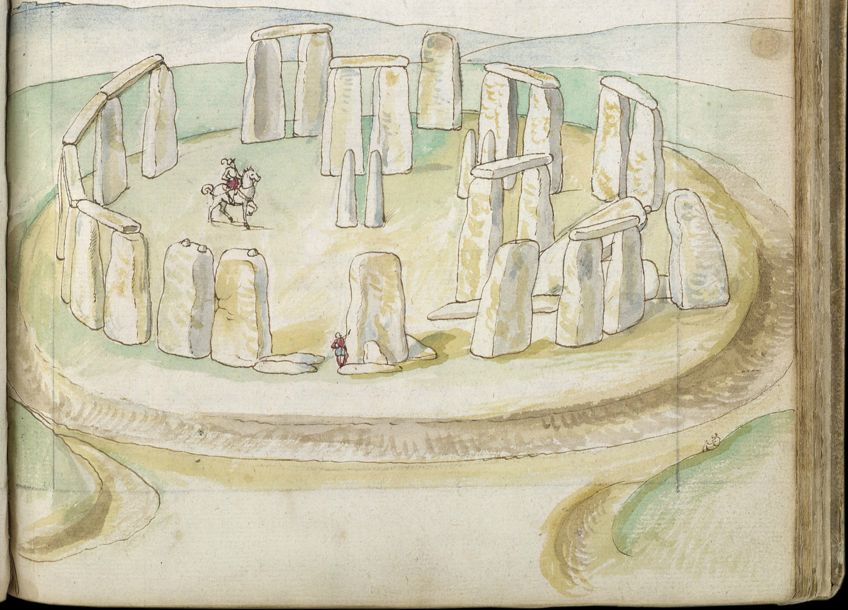 First realistic Painting of Stonehenge (1575) by Lucas de Heere; Lucas de Heere, Public domain, via Wikimedia Commons
First realistic Painting of Stonehenge (1575) by Lucas de Heere; Lucas de Heere, Public domain, via Wikimedia Commons
Stonehenge Is a UNESCO World Heritage Site
For generations, people from all around the globe have been coming to the site of Stonehenge to see the monolithic attraction for themselves. As a result of its popularity and long-storied history, Stonehenge has been dubbed a UNESCO world heritage site, joining the ranks of the Taj Mahal, The Great Wall Of China, and the Easter Island Statues. This being said, the preservation and study of Stonehenge have become a matter of the utmost importance. Initially, due to the popularity of the site and the sheer size of the stones, people who visited the site were allowed to walk among the stones and even climb on top of them.
This makes sense at the time (after all, they’re stones) but due to the stones eroding naturally over time, the site has been roped off to the public since 1997, with visitors only permitted to view the stones from behind the line.
You Can See Ancient Tools at the Site
While the actual monument at the site of Stonehenge is the main attraction, there are a number of interactive attractions in the area that allow you to immerse yourself in the daily life of the people who constructed Stonehenge. There are activities that allow you to try and pull one of the massive monoliths on a wooden trolley, and even ones that display the various tools that were used in their carving. One of the most interesting of these tool attractions is the flint tool creation area, where you can see the process through which various flint tools were made at the time. Flint was a commonly used material in ancient weapons of the era due to its malleability, abundance, and ease of use when it came to the creation of tools.
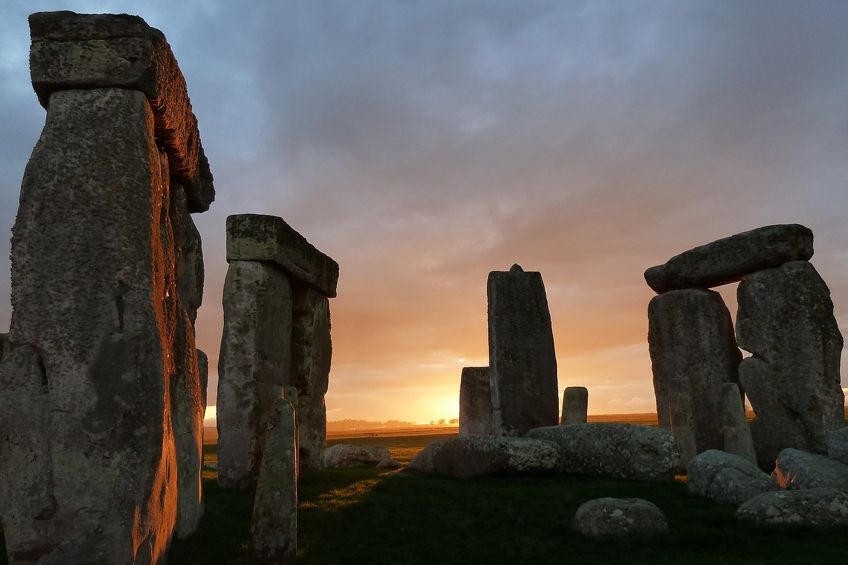 November Sunset from inside Stonehenge Stone Circle; Simon Banton, CC BY-SA 4.0, via Wikimedia Commons
November Sunset from inside Stonehenge Stone Circle; Simon Banton, CC BY-SA 4.0, via Wikimedia Commons
There Are Men, Women, and Children Buried at Stonehenge
There are loads of Stonehenge fun facts, but there are some grizzly ones too. As we mentioned previously, Stonehenge was used as a burial site for many years, and some of the remains uncovered on the site weren’t just those of warriors or kings as one might expect with a site of such prominence. A number of cremation jars containing the remains of men, women, and even children have been unearthed.
Why they were buried here is as much a mystery as the site’s conception. The remains buried on site are believed to be from around 2500 BCE, and many of them have undergone extensive decomposition as a result.
All indications point to the people buried here being from the late Neolithic era, which coincides with the tooling and materials found in the surrounding area. One of the most interesting sets of remains found in the surrounding area was that of a woman of prominence. As was the case with Vikings and various other cultures around the world, she was buried with a number of valuables, one of them being a little cup that experts suspect could have been used in funeral rites at the time.
Someone Bought Stonehenge
If you’re looking for Stonehenge fun facts, this one might make you chuckle. While it might seem silly in the modern day, Stonehenge was privately sold to someone at one point. A rather wealthy gentleman by the name of Cecil Chubb actually purchased the monument at an auction, one which he attended only to purchase some chairs. The entire monument was purchased for £6000,00. Under his ownership, the monument was restored and maintained, not to mention the changes made to the surrounding landscape to ensure that it resembled what the area would have looked like when it was first created. Chubb would eventually give the artifact to the public works department in the year 1918, three years after it was purchased.
 Sunset at Stonehenge; Peter Trimming from Croydon, England, CC BY 2.0, via Wikimedia Commons
Sunset at Stonehenge; Peter Trimming from Croydon, England, CC BY 2.0, via Wikimedia Commons
An Early Guidebook Claimed Stonehenge Survived the Great Biblical Flood
Some have asked, “why is Stonehenge famous if it’s just a bunch of rocks?”. While it’s easy to see how this point of view might come about, it’s a combination of both the creation of the structure and the history behind it that has made the site so famous. A good example of said history is that an early guidebook claimed that Stonehenge was one of the few great monuments that survived the biblical flood. Considering the fact that we have evidence that a worldwide flood occurred sometime in the past, and that Stonehenge is one of the oldest wonders of the world, it is an intriguing claim. This guidebook was written by an author named Henry Browne and was published way back in 1823. If you’d like to see the book for yourself, it is currently on loan from Julian Richards and is on display at the Stonehenge visitors center.
Now that you know what Stonehenge is, where it is located, and some cool facts about the monument as a whole, it’s time for you to get out there and put your newfound knowledge to the test. If you ever find yourself with the opportunity to see this wonder of the world, we highly recommend it. Plus, it will give you the opportunity to wow your friends and family with some of the cool facts you’ve learned here.
Frequently Asked Questions
How Big Is Stonehenge?
One of the most commonly asked questions about Stonehenge is how big it is. How big is Stonehenge then? Stonehenge is about 6500 acres in size (2,600 hectares) and is quite the site to behold, whether it’s viewed from an aerial perspective or from the ground. Stonehenge history experts have stated that the site has undergone many changes throughout its lifetime in both size and shape.
In What Time Period Was Stonehenge Built?
Stonehenge is thousands of years old, and nobody is quite sure how it was built. What time period was Stonehenge built in then? Well, the oldest stones on the site were reportedly moved to their current location around 3500 BCE, meaning that the structure is at least 5500 years old.
Why Is Stonehenge a Mystery?
If the structure has been studied for decades, then why is Stonehenge still a mystery? The mystery of Stonehenge remains unsolved due to a lack of conclusive evidence regarding how it was erected, the reason for its creation, and how the stones themselves are capable of producing sound. Stonehenge history experts are still currently researching both the rocks themselves and the area surrounding them.

I am deeply passionate about history and am constantly fascinated by the rich and complex stories of the past. As the editor-in-chief of learning-history.com, I have the opportunity to share this passion with a wide audience through the creation and distribution of engaging and informative content about historical events, persons, and cultures. Whether it’s through writing articles and blog posts or creating videos or podcasts, I strive to bring the past to life in a way that is both accurate and enjoyable. My expertise in history, combined with my strong writing and communication skills, allows me to effectively communicate complex historical concepts and make them accessible and interesting to a wide range of readers. I am truly grateful for the opportunity to share my love of history with others through my work on learning-history.com.


